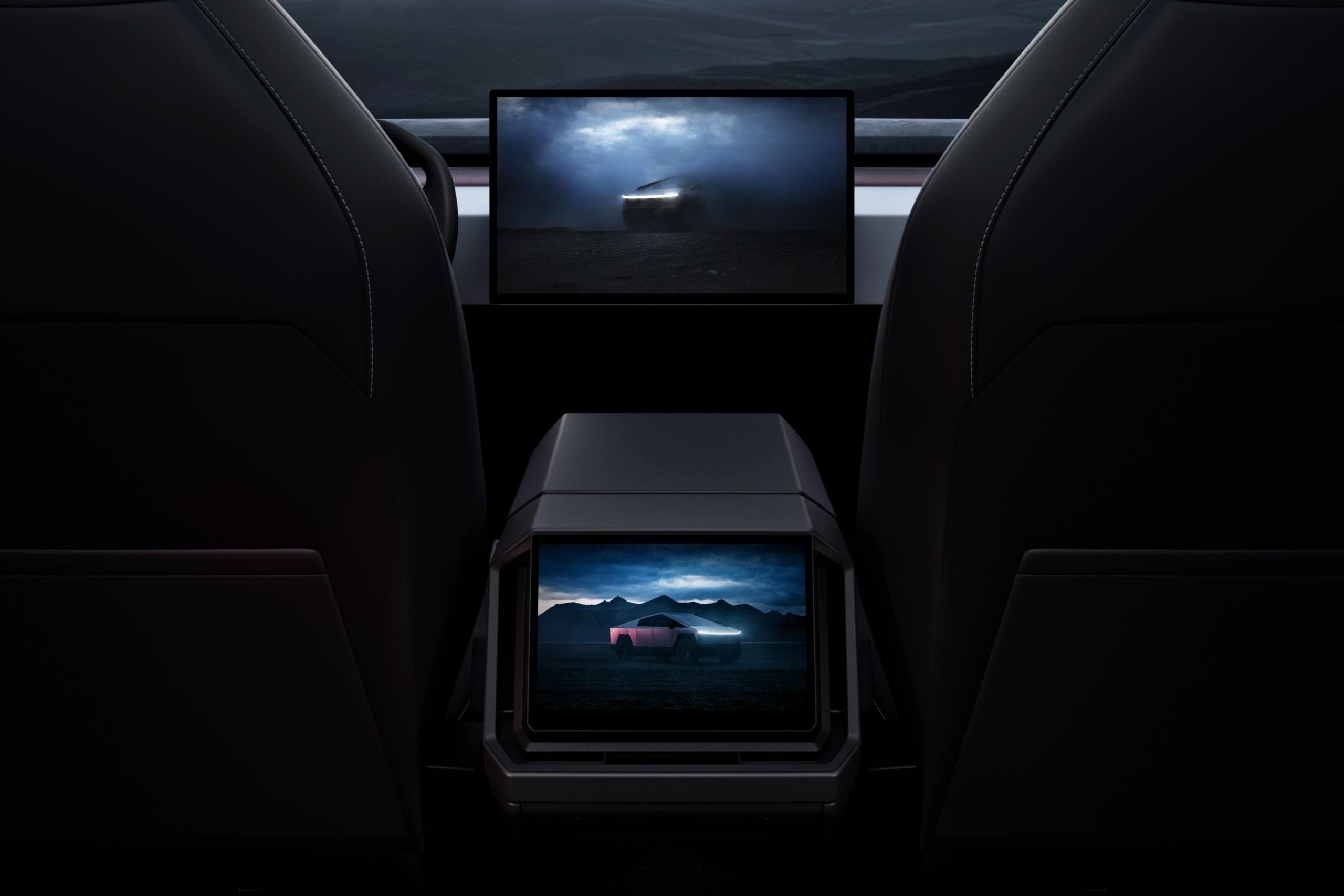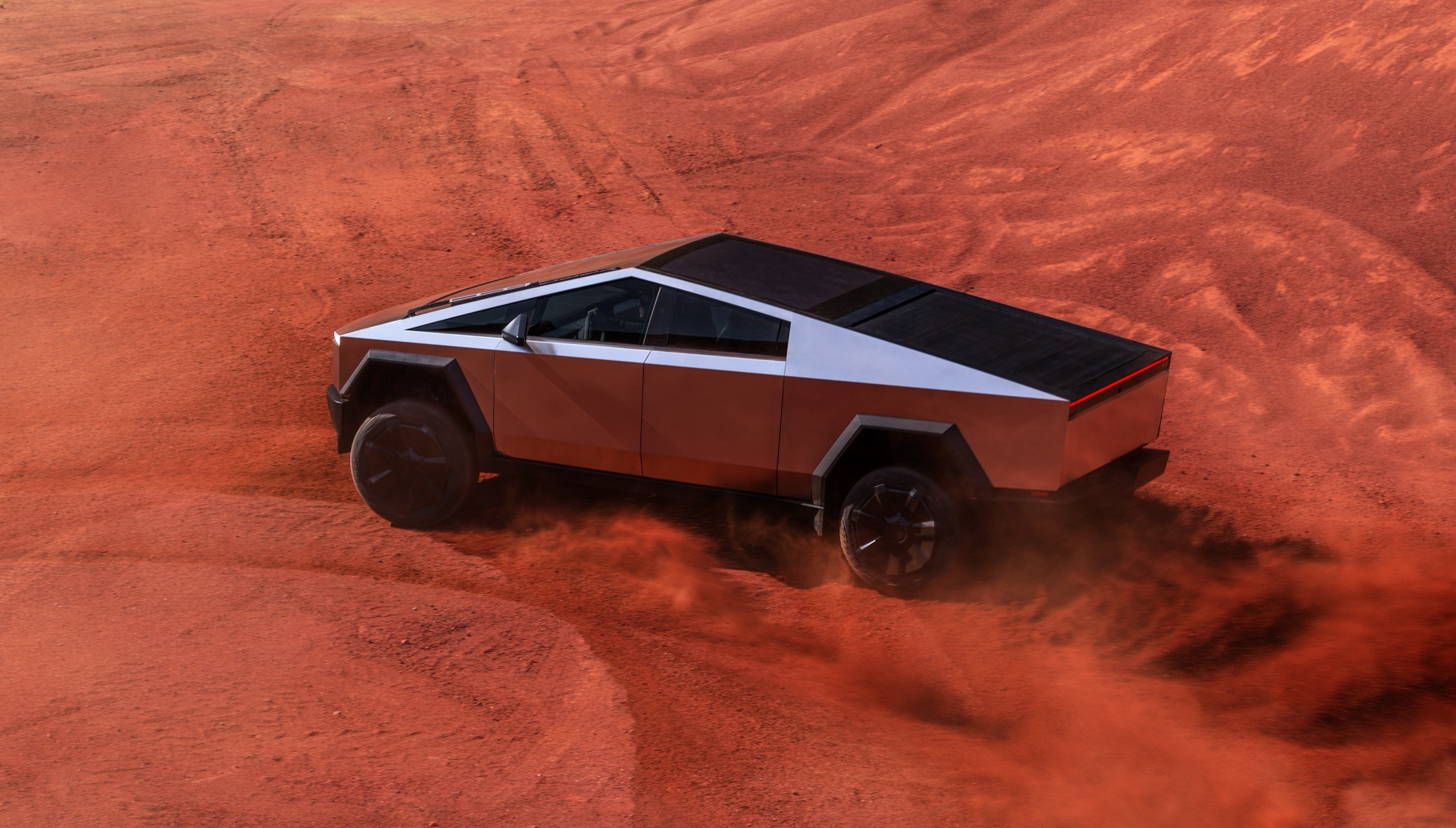The Tesla Cybertruck emerges not only as a revolutionary pickup but also as one of the swiftest vehicles on the market. With its tri-motor configuration, the Cyberbeast catapults from 0 to 60 mph in a blistering 2.6 seconds.
However, beneath its impressive performance lies a need for refinement in driving dynamics, as observed by Kyle Conner from Out of Spec Studios during rigorous testing. Though Tesla may have disappointed enthusiasts with the Cybertruck’s range falling short of expectations, its performance credentials are beyond reproach.
The tri-motor Cyberbeast’s acceleration prowess is unrivaled, complemented by a responsive steer-by-wire system and a chassis that maintains exceptional grip through tight corners despite its considerable weight.

While most Cybertruck owners may not notice these nuances during everyday driving, pushing the truck to its limits reveals certain shortcomings. Issues such as excessive pulling from the front motor and intervention from the electronic stability program hinder the driving experience. Furthermore, torque vectoring is lacking, and regenerative braking exhibits inconsistency, occasionally triggering the anti-lock braking system.
Interestingly, drivers of the dual-motor Cybertruck report fewer issues, particularly with front motor pull and stability control intervention. However, even with the Baja mode engaged, performance remains subpar, with raised suspension proving detrimental to high-speed launches.
Despite these challenges, the Cybertruck’s driving dynamics remain impressive, outpacing even performance-oriented vehicles like the Ferrari FF. This resilience, coupled with better thermal management compared to competitors like the Rivian R1T, underscores the Cybertruck’s potential. With Tesla’s commitment to improvement evident, an over-the-air update promises to address these concerns, while suggestions for a track mode may further enhance its performance capabilities.

